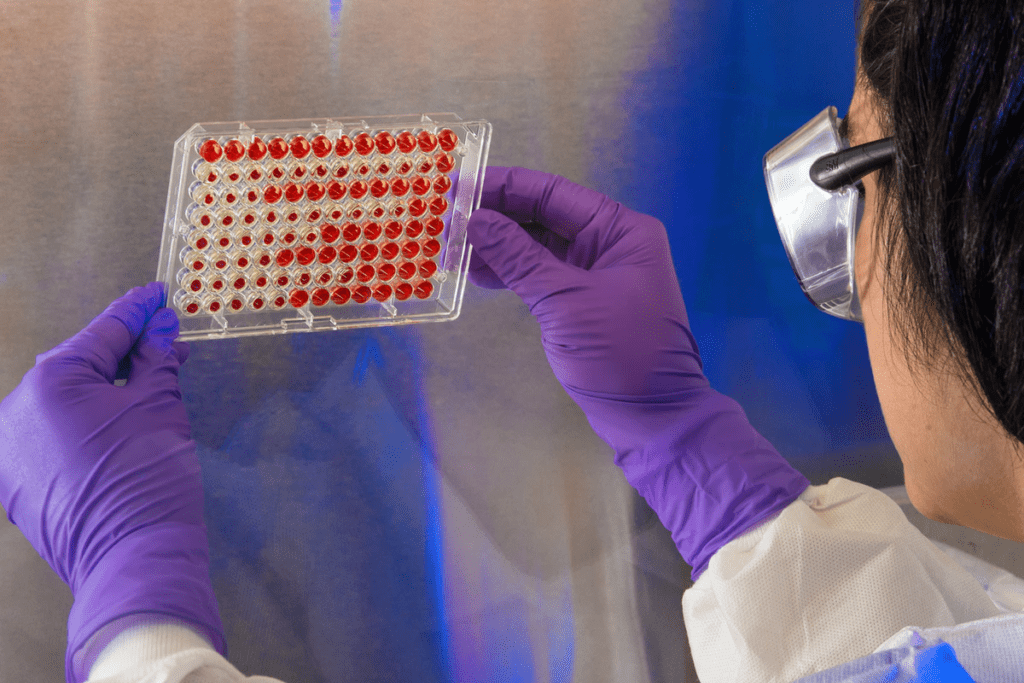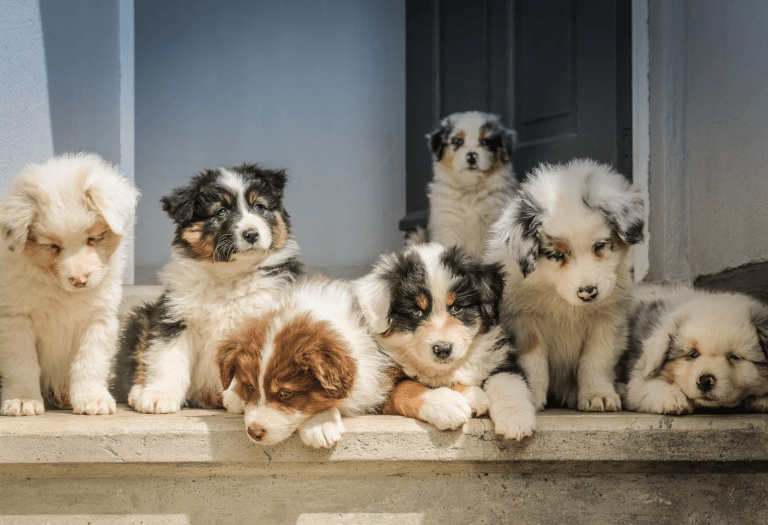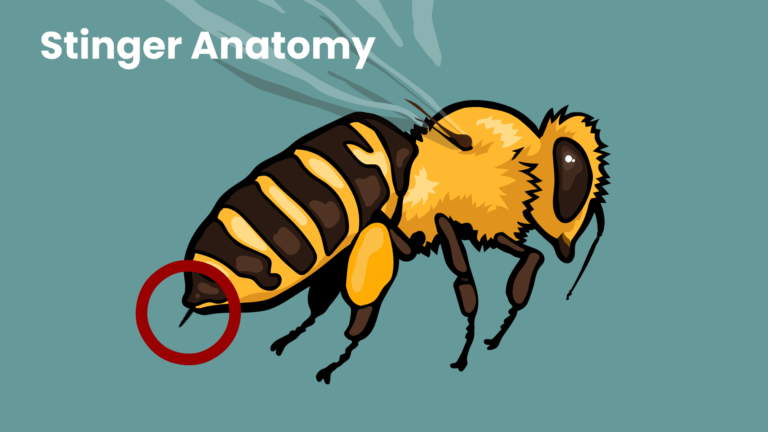If you look at various news articles you’ll find three main hypotheses for the origin of the new coronavirus. It’s important to note that at this time, we don’t know exactly how the virus, and COVID-19 (the disease that it causes) got its start. Below I present the three main hypotheses along with the evidence I’m aware of so far (as of February 27th, 2020).
The spillover infection hypothesis
The most common idea is that the new virus evolved from an older virus found in animals. I’ve done an animation about this, I find it extremely convincing. You can watch the entire animation below. Aside from laying out the evidence that this virus may be a natural spillover infection, I give a basic crash course in virology. If you’re not familiar with how viruses enter cells and cause disease, I highly recommend watching the animation before reading further:
Where do new viruses come from?
Here is a quick outline of the evidence for the spillover infection hypothesis:
- We know that viruses evolve to infect new hosts regularly in the wild.
- Anytime humans are working with animals, there is a small risk of a spillover infection occurring.
- In China and the Middle East, bats host a group of coronaviruses that are very similar to the new coronavirus.
- Twice now, bat coronaviruses have made their way into humans, resulting in deadly outbreaks. The first time was the SARS virus. It went from bats to civets to humans. Civets are sold as food which is probably what allowed the spillover infection to occur. The second was MERS which appears to have gone from bats to camels to humans in Saudi Arabia. In this case, camels are used as meat, transportation, and milk.
- In Wuhan, at the heart of the outbreak is a wet market which was selling live animals (including bats). As is normal in Chinese wet markets, live animals were stored, cage upon cage, in close proximity to other animals, food being sold, and to visiting customers. This is the perfect environment for a virus to jump species.
Scientists have been warning us to prepare for a new coronavirus outbreak for over a decade now. In 2010, an American research group predicted that a new deadly human infecting virus would evolve, specifically from bats, in China. This prediction was based on the discovery that some strains of bat coronavirus near Wuhan only need 2 point mutations to jump to humans.
Evidence against a spillover
- The new coronavirus is not the same as the one found earlier that only needed 2 mutations to jump to humans. We still have not found a direct relative of the new coronavirus in a wild animal population.
The biological weapon hypothesis
Another hypothesis is that the virus was designed as a bio-weapon. If you get on social media you will see some Americans claiming that a group within the Chinese government engineered the weapon and then it accidentally leaked out. In China, I’m told that some people are wondering if the virus may be a weapon deployed by the US or another nation to weaken China’s economy.
Right now there is no direct evidence that the new coronavirus is a biological weapon. That said, the idea that the virus was designed as a weapon should not be blown off as a crazy conspiracy theory. China, Russia, and United States have all produced biological weapons in the past, some intended to kill, others intended to cripple economies. I’m happy to have governments look into the possibility that the new virus is a designed weapon, but in the American spirit I say: Innocent until proven guilty!
The United States military takes biological weapons very seriously. Aside from vast data mining capabilities allowing them to detect suspicious activity, the U.S. government has been working with private industry to develop tools to examine any new pathogen for signs of laboratory engineering. The United States has access to an AI software system designed by Ginko Bioworks called FELIX. It can accurately spot signs of genetic tinkering in any genome. Other big nations likely have similar capabilities.
The fact that none of the large nations have reported evidence of foul play suggests that none has been detected, or if it has, the matter is being dealt with privately.
It’s important to note, that even if genetic engineering is detected in the virus, this does not mean it is a weapon. As you’ll see below, genetic modification of viruses is normal practice in the study of viruses.
Again I say: Innocent until proven guilty!
[UPDATE, 3/25/2021. The US Intelligence Agency Issued an official statement saying there is no evidence of this being a bioweapon, but they are still investigating the possibility of a lab leak. See the statement here: INTELLIGENCE COMMUNITY STATEMENT ON ORIGINS OF COVID-19]
The laboratory accident hypothesis
The third hypothesis is that the new coronavirus was a specimen being studied in a lab that somehow leaked out. It may have been a natural virus the lab had collected from animals. It may have been a virus they had mutated for research purposes.
As much as I hate to admit it, there is circumstantial evidence that the virus might be a lab leak. Please note, there is not yet any direct evidence, only circumstantial. Here’s what we know so far:
- There is a level 4 biosafety lab in China called the Wuhan Institute of Virology. It is in Wuhan, the city where the virus first broke out. Here is an article about its opening in 2017.
- Researchers in Wuhan have been working with coronaviruses from various animals since at least 2015. Here’s a scientific paper published by researchers of the Wuhan Institute of Virology which outlines the various virus specimens they were interested in.
- Virus researchers routinely cause what are called “gain-of-function” mutations in viruses. These allow the virus to jump species and infect a new type of host. This is important to do when studying a virus. It allows researchers to see how a virus works in humanized mice, specific cell cultures, and so on. It also lets researchers figure out how viruses evolve to infect humans. Many people consider this type of research to be too dangerous for any lab.
- The Wuhan Institute of Virology has done research that some people consider Gain-of-Function. Here is a paper by researchers from WIV showing they are capable of editing genes to create chimeric viruses.
- Viruses and other pathogens have leaked from labs and infected the general population in the past. This article from Business Insider goes over a few cases. Here is an article about specific lab mishaps in the US.
[UPDATE: 7-23-2021. The Wuhan research that some classify as Gain-of-Function is not considered Gain-of-Function according to the definition used by NIH in their 2014 ban on Gain-of-Function research.]
Evidence against a lab leak
- The Wuhan Institute of Virology is a certified level 4 biosafety lab. This is the highest level of security that exists. Their lab passed international guidelines for safety.
- While early on, some researchers thought there may be signs of genetic tampering in the virus’s genome, this possibility is now being dismissed by many virologists. Consensus right now is that virus genome looks natural. If true, this rules out genetic tampering but does not rule out the possibility that the virus was a natural specimen being studied in the lab which accidentally escaped. It also does not rule out selective breeding experiments (called “passage” experiments) or a natural evolution spillover event that may have happened in a lab or when researchers were collecting specimens in the wild.
[UPDATE: 3/25/2021. A team of independent researchers organized by the WHO recently visited China, including the Wuhan lab, searching for clues about the virus’ origin. They concluded that a lab leak was unlikely. That said, U.S. Department of State Spokesman for the Biden administration, along with many researchers around the globe, are demanding more transparency from China before accepting those findings. There is currently a call for an in-depth forensic investigation]
Now what?
First off, I recommend that all nations look at ways to prevent the likeliness of future spillover events from wild and domestic animals. In China, this may mean changing how wet markets are run and doing a better job to enforce current poaching laws. In the U.S., it might mean requiring hunters to take disease prevention lessons before obtaining hunting licenses. It might require more transparency in factory farms.
While I have great respect for the research done at the Wuhan Institute of Virology, I do agree with those calling for an in depth investigation about a leak. Furthermore, at this time I recommend we all review lab protocols around the world, including the United States. To think that a leak is only a possibility for labs in China would be absolute hubris. Two of the labs holding the most dangerous pathogens in the world are currently located in Atlanta Georgia: One is at the Centers for Disease Control and Prevention, the other is at Georgia State University. Atlanta is a city hosting half a million people and one of the world’s largest international airports. Is this risk appropriate?
In conclusion, no matter how the virus really got its start, what’s most important is that we all work together to stop its spread. Doing so requires international cooperation. If direct evidence of foul play or a horrible accident is eventually detected, let us respond with forgiveness and work together to move on.
Jon Perry







